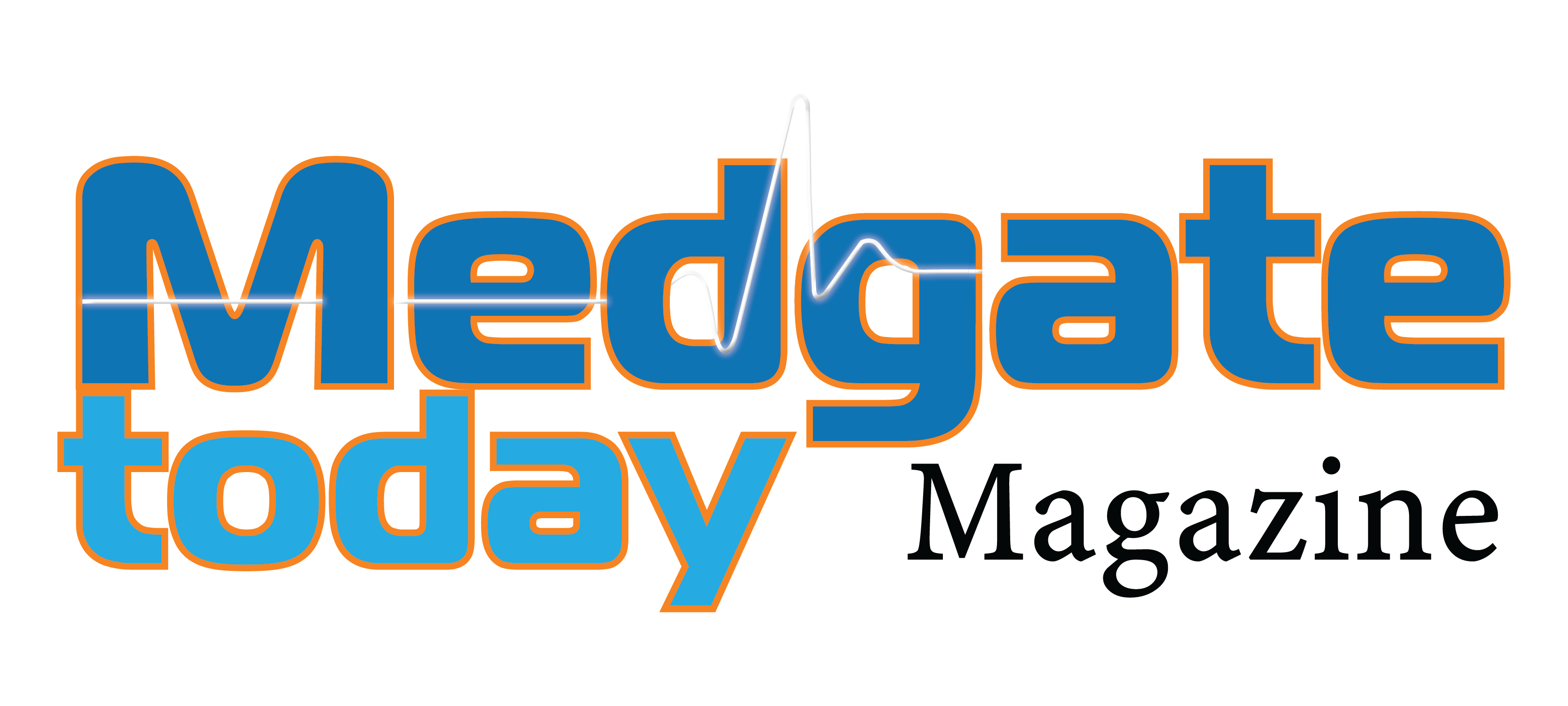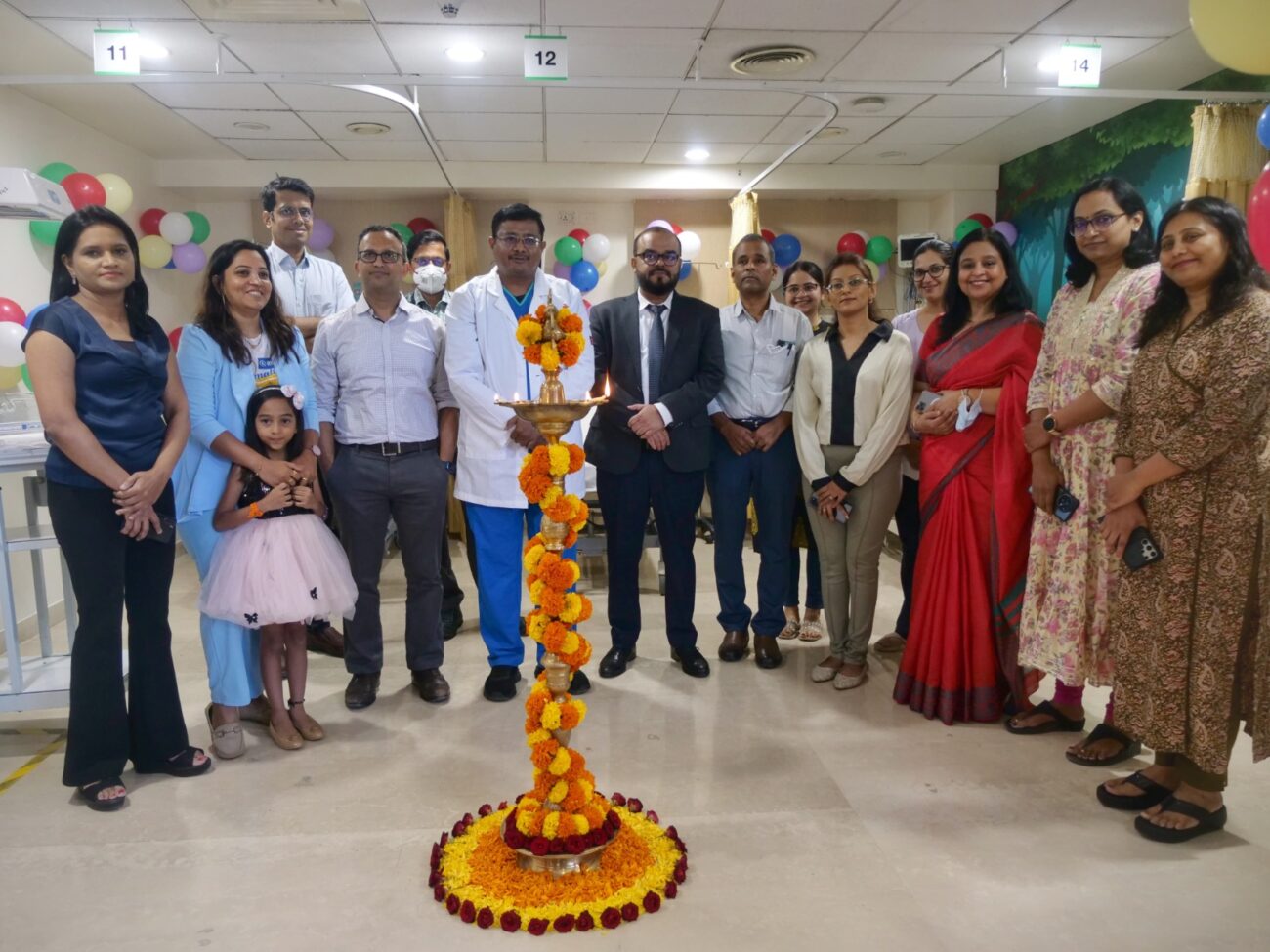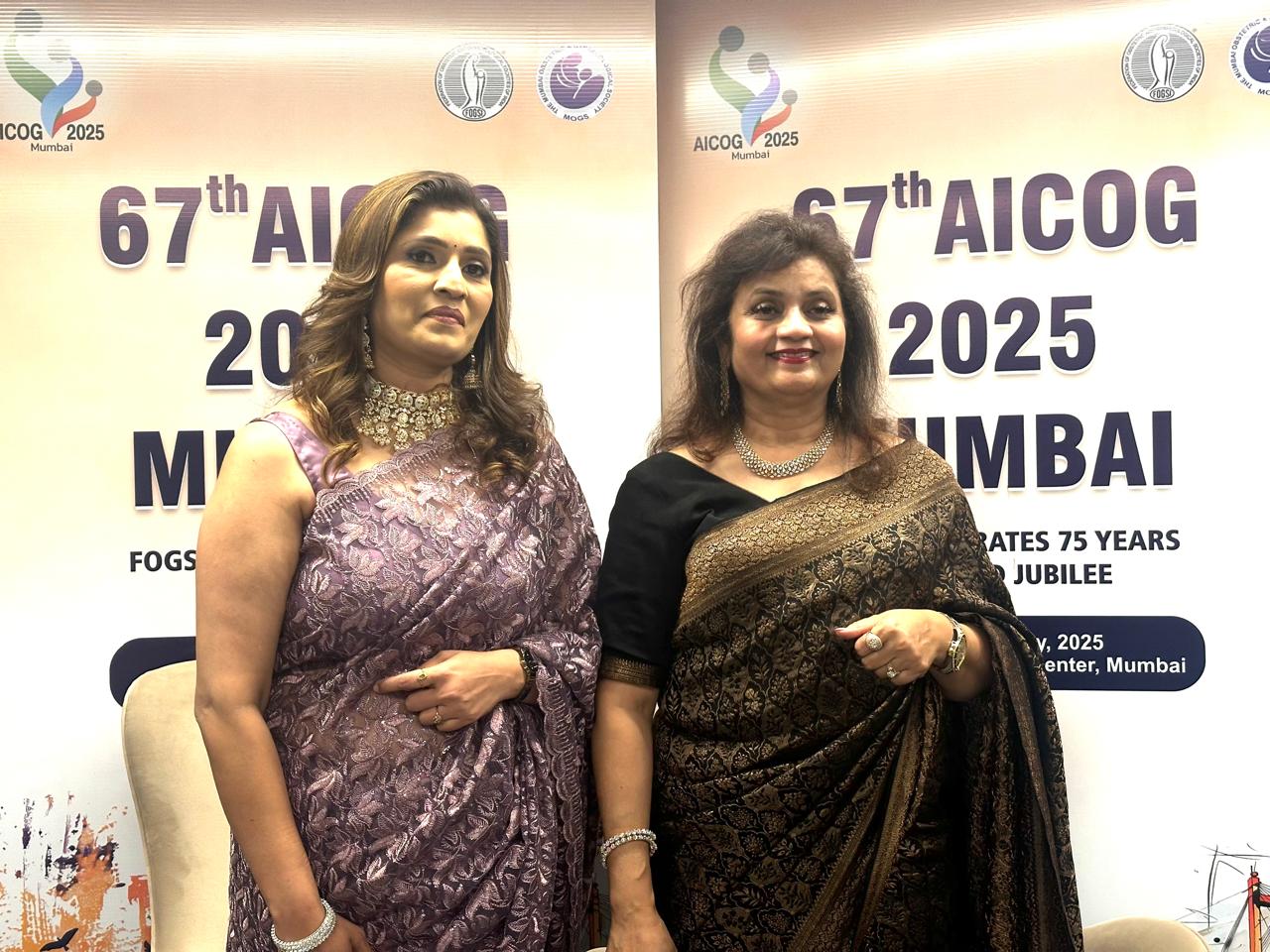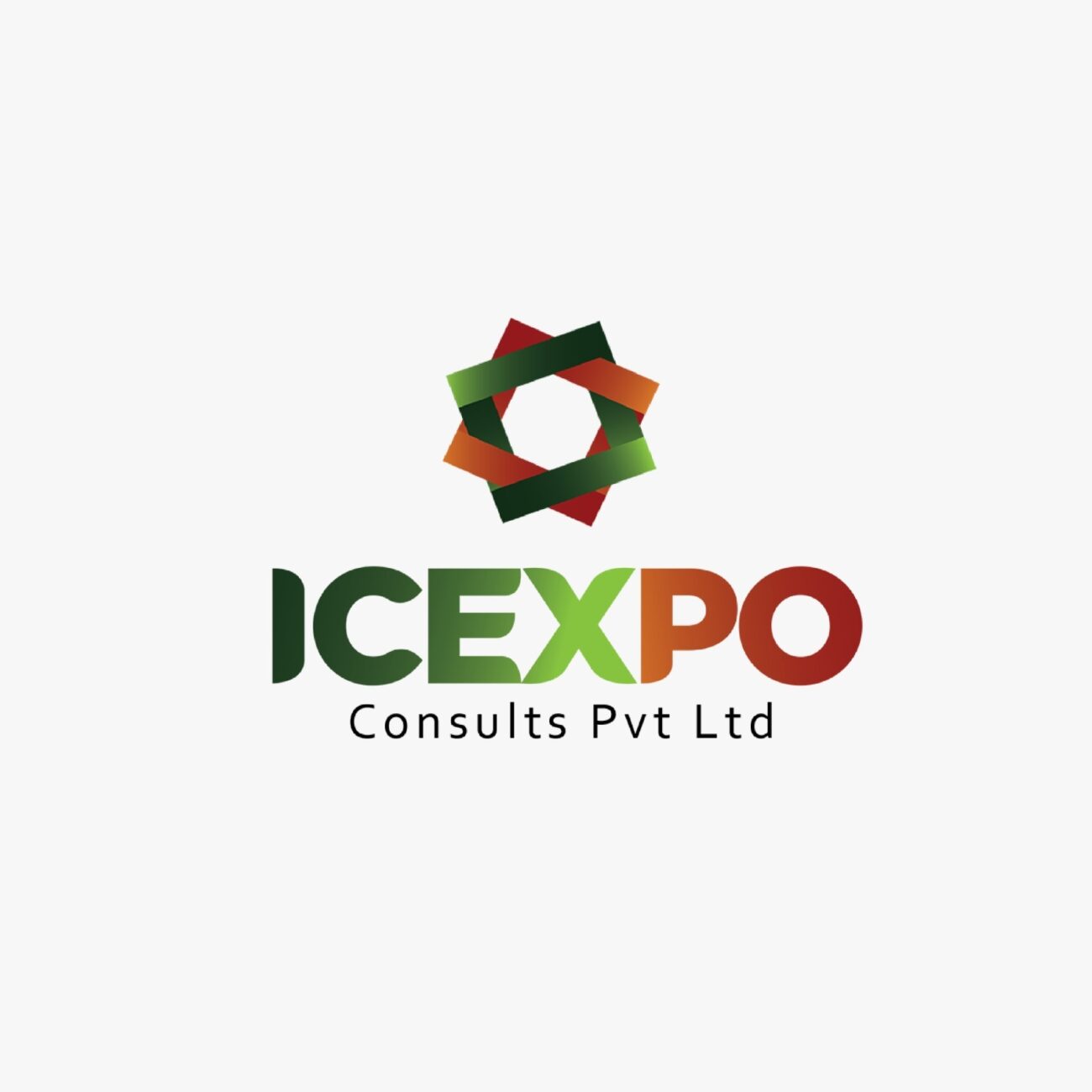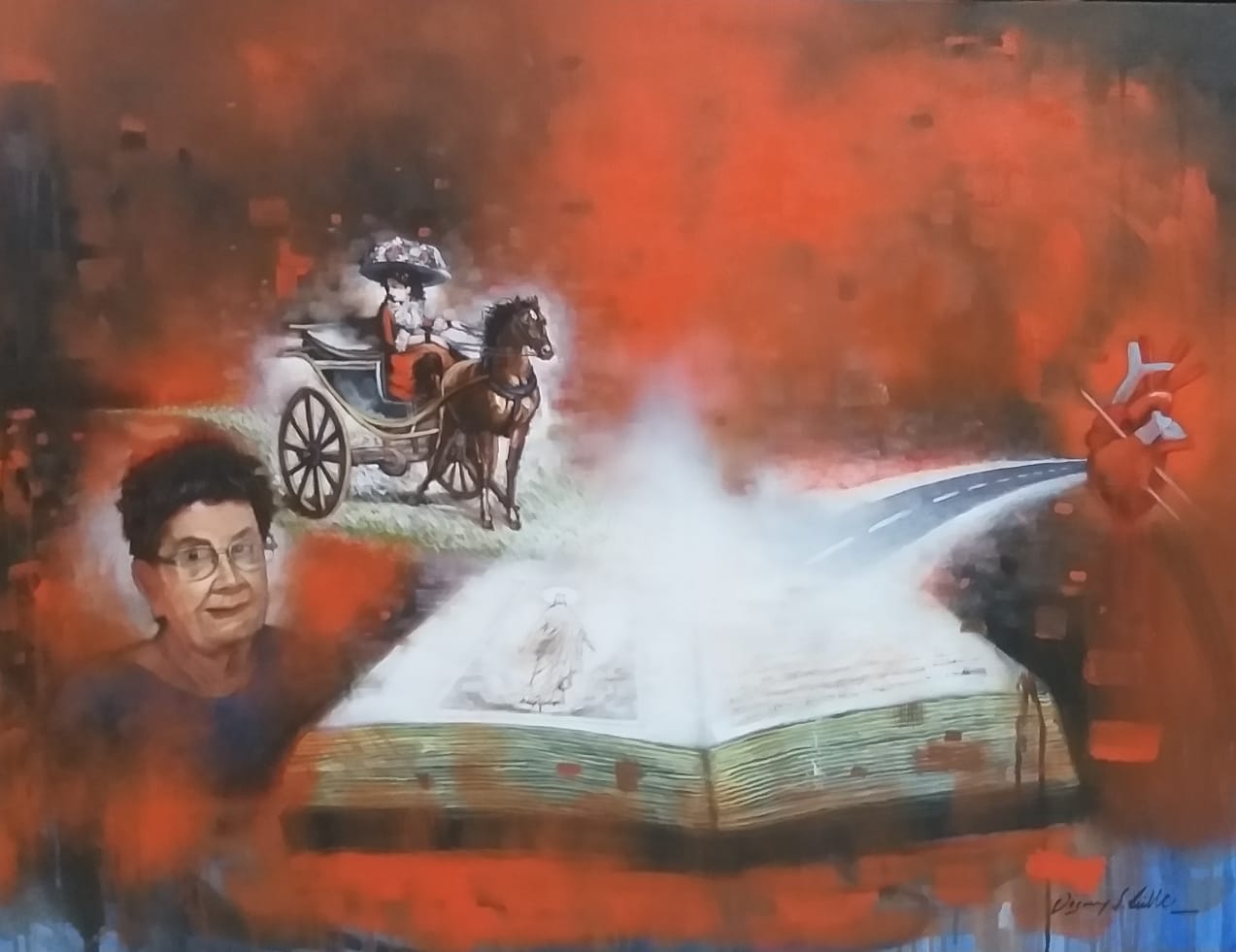A single platform to connect the dots of Investor, Innovator, Regulator and Government said by Dr. S Eswara Reddy, Joint Drugs Controller, CDSCO
Health committee, PHDCCI in association with Department of Pharmaceuticals, Ministryof Chemicals & Fertilizers, Govt. of India organized the second series of Self Sufficiencyin Medical Technology on “Innovation & Incentivisation of Indigenous MedTechManufacturing” on 15 th
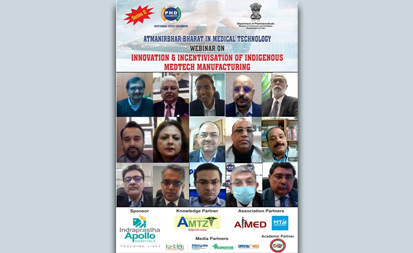
Health committee, PHDCCI in association with Department of Pharmaceuticals, Ministryof Chemicals & Fertilizers, Govt. of India organized the second series of Self Sufficiencyin Medical Technology on “Innovation & Incentivisation of Indigenous MedTechManufacturing” on 15 th January 2021.The Guest of Honour of the session was Dr. S. Eswara Reddy, Joint Drugs ControllerGeneral of India, CDSCO. He complemented the MedTech industry for doing anexcellent job in last decade, yet Accessibility needs to improve significantly. Dr. Reddysaid that Govt provides many schemes to promote innovation and pooling of the R & Dfunds which are offered by the various ministries could significantly give an impetus tothe medtech ecosystem.The webinar was graced with the presence of Mr. Pradeep Multani, Sr. Vice President,PHDCCI, Dr. N. Subramanian, Chair, Health Committee, PHDCCI & Director, MedicalServices, Indraprastha Apollo Hospitals, Dr. Sameer Gupta, Co-Chair, HealthCommittee, PHDCCI & Director, Cardiac Cath Lab, Metro Group of Hospitals and Prof.
(Dr.) Harvinder Popli, Co-Chair, Health Committee, PHDCCI & Director, SPS, DelhiPharmaceutical Sciences and Research University, Govt. of NCT of Delhi.The other eminent panelists present were Dr. Jitender Sharma, MD & CEO, AMTZ, Dr.Manish Diwan, Head – Strategic Partnership & Entrepreneurship Development ,BIRAC, Mr. Pavan Choudary, Chairman & Director General, MTaI & ManagingDirector, Vygon India, Mr. Sunil Khurana, CEO, BPL Medical Technologies, Mr.Saurabh Arora, Head of Tax, Asia Pacific, Siemens Healthineers Mr. Atantra DasGupta, Director, South West Asia Head for Samsung HME (Health & Medical Device),
Mr. Peeyush Kaushik, Head-Healthcare Innovation Center & Business Leader, PhilipsIndia Ltd. and Mr. Sanjay Gupta, President, ASIMA India & MD, Mars EdpalInstruments Pvt. Ltd.While giving the welcome remarks, Mr. Multani said that MedTech Industry has evolvedsignificantly in the last decade witnessing a high growth trajectory, but due to a numberof ecosystem constrains, this industry sector has not been able to achieve its fullpotential. While talking about the innovation n MedTech, Mr. Multani said; to foster anymedical device innovation, we need market push and technology generators such astrained manpower to generate ideas; funding opportunities for nurturing the idea;intellectual property (IP) protection; infrastructure to seed the IP or technology into acompany set-up; and tax incentives policies for ease of doing business.Mr. Multani hailed the PLI and Promotion of Medical Devices Parks scheme and saithat these initiatives have the potential to contribute significantly to achieving higher objectives of affordable healthcare in the country and globally on a sustained basis.
Dr. Jitendar Sharma said that Medical device industry is very unique and diverse whichmakes the entire spectrum complex because of too many categories. Dr. Sharmaemphasized on 3 major portfolios to be approached. He said that we should notdiscriminate research by nature of institutions as Government or Private and we musthave national R & D fund which does not discriminate between Government and Privateinstitutions. He suggested to have a 1000 cr R&D budget under the Principal Scientificofficer. Dr. Sharma also mentioned that there should be a scientific regulatory pathwayto converge to common regulatory filling platform where traceability can be done clearlyand duplicity can be avoided without disturbing the current performance.
Dr. Manish Diwan said that there are gaps in the ecosystem which needs to beaddressed and simultaneously opportunity is also sitting along with that. The first gapidentified is that there is only 10% of population which is able to take & adopt thetechnology whereas most of the other people are yet to receive similar kind oftechnology. He further mentioned that hospital industry has taken a huge leap duringCovid era because of the dependency on in-person healthcare delivery and remoteconsultation got Government recognition which has transformed the healthcare deliveryin post covid era. The idea is as soon as we recognize the gap, the ecosystem needs torespond very fast where an idea needs to be scaled up to POC to early manufacturingstage.Dr. Diwan mentioned about the creation of Technology Clusters in the country whichprovide support for POC where an entrepreneur comes with his talent and technologyand walks away with the product.
Dr. N. Subramanian said that from conducting 1,000 tests per day to nine lakh testsper day to detect symptoms of COVID-19, India has showcased immense potential tobecome the global producer and supplier for quality indigenous medical equipment andtechnologies. He further said that strategic alignment and adoption is the key to successand can be done with adoption of innovation in complete life cycle of medical device toachieve the value-based medical device and healthcare solutions. Dr. Subramanianmentioned that the industry should have the approach to produce minimal invasive and preventive healthcare.
Dr. Sameer Gupta talked about ongoing challenges in the medical device sector aboutDoc to patient ratio, infrastructure, technology, affordability & accessibility and said newadvance technologies could play a pivotal role in developing Health care sector. Hementioned that India is emerging with lot of new startups in the technology sector withnew innovative products. He said technology also plays a significant role in Health caredelivery. He said that current pandemic has also created various new opportunities formedical device sector.Dr. Gupta also stated about that life expectancy has been doubled in last few years dueto adoption and innovations in Medtech sector. He also said that improvements come ata cost and schemes like Ayushman Bharat going to take country to new heights. Hefurther said that India is the pharmacy of the world and now the time to come for being aMedTech capital of the world.
Mr. Pavan Choudary said that medical technology today affects domains outsidehealthcare too; it even has the potential to affect geopolitics. An electronic implant canbe potentially cyber attacked, forcing countries to reimagine their cyber securityapparatus. India has the unique advantage of having a stable democratic system, ashared history of peace with most of the world and the ability to hold its own against anymisadventurous power. These additional factors make our country a reassuring locationin Asia for Western companies to manufacture their quality medical devices here. Therecently introduced government incentive programs such as the PLI scheme which is available to global companies too, also add to the attractiveness of India as a preferredinvestment destination for manufacturing.
Mr. Saurabh Arora said that Government has done remarkably well in boostinginvestment & local manufacturing of medical devices. Be it rationalizing CIT rates orabolishing Dividend distribution tax or introduction of PLI schemes. Having said that, weshould not miss sight of fact that similar measures are introduced by other competingeconomies as well since localization of medical devices is very high on radar of all major economies, especially after the pandemic. Therefore, it is important for India toexploit its USP of potentially being biggest market for medical devices globally andshould take measures to stimulate demand. Here, enhancing both “affordability” and“accessibility” to health services and infrastructure would play a critical role and this maycall for significant increase in Government spending as well (from current 3% of GDP).In addition, Mr. Arora mentioned that development of local quality eco-system would is imperative in making investments decision in the sector simpler (like it happened forautomobile and mobile sector). Besides this, R&D incentives should be re-introducednot only towards hardware components & design but also towards developing digitalcompetencies in the field of AI, data analytics and machine learning etc. India has hugepotential to lead digital transformation in health space globally and therefore it is imperative to remain attractive to fight stiff competition both internally (amongst captive set-ups) as well as with external players. Govt. may look at incentivizing R&D on similarlevels as was being done in SEIS earlier”.
Mr. Atantra Das Gupta mentioned that Samsung is committed to build up theecosystem with digital health as well as with traditional medical system. Today bridging the gap between doctors and patients to improve the preventive and primary healthcareis the need of the hour. Our country primary healthcare expenditure accounts only 6%of the total spend. 56% accounts for secondary and Tertiary health therefore we are notable to harness demographic dividend and also lacked in our preparations whenpandemic like COVID sets in. In order to improve primary healthcare digital interventionis an absolute necessity not only for urban population but for the remote and far-flung areas.With the increase of life expectancy we need to also look into HALE-Healthy lifeexpectancy to avoid the burden of aging population in our economy hence connectedhealth can play a very important role. Most of the healthcare budget gets drained andlarge of people suffer from malnutrition and diarrhea which is a lack of proper hygienewhere proper information and relevant treatment can be meted out through digital interventions. Last but not the least traditional healthcare system comprising MRI , CT,Ultrasound, Digital X-Ray can be manufactured by leveraging the knowledge capital ofIIT and other engineering colleges. We need to explore the opportunity of consideringsoftware as the medicine as it will be the fuel of healthcare going forward.
Mr. Peeyush Kaushik said that the Innovation and Manufacturing industry is makingprogress in India through incentive policies. However, these policies are not sufficient interms of size and coverage. For example we stopped MEIS (Merchandise Exports fromIndia Scheme for Manufacturing) in January 2021 and SEIS (Service Exports from IndiaScheme for Services) in April 2020 and stopped the benefit. The new policy RoDTEP(Remission of Duties and Taxes on Exported Products) is still being launched with manyclarifications to be solved. The incentives provided to Core Component Manufacturersshould also be extended to assembly operations in healthcare field to make end-to-endproduct for customers. Additionally, the high policy threshold for Investment and Salesis on a much higher side and in a way disqualifying many companies. India has to takebig steps to attract Innovation and manufacturing development for Indigenous and export.
Mr. Sunil Khurana said that China is $100bn market where as India stood at $10bnonly and the motivation to set up more manufacturing units is more important here. Mr.Khurana said that we need to redefine the PLI scheme to make it more attractive fromsmall scale manufacturers and start ups. The infrastructure can only be developed withthe help of Government where as regulatory body will also play a major role. As the sizeof the regulatory body is small, we should work with speed and can impart theknowledge also from the foreign regulatory bodies. The regulators should have to beenablers and supportive and all should work on a framework. Mr. Khurana alsomentioned about the export policy of China as they are giving 50% export incentive andIndia needs to work on this. There are more than 100 ultrasound manufacturers inChina whereas India has none; here we need right motivating policy for the industry. Mr.Khurana further mentioned that abundance of technology is available for innovation sothere is no need to start from scratch.Mr. Sanjay Gupta said that India is a hub of software Inventions, we should have moretechnological innovations, which will help the medical device industry to grow further.He further mentioned that we need to develop a medical infrastructure in large scaleand innovate in optical technologies. Mr. Gupta said there’s a need for a good medical system in medical device sector.
Dr. Harvinder Popli gave a formal vote of thanks to the Guest of Honour and all thepanelists for sparing their valuable time and sharing their views on this platform. Dr.Popli agreed with the points shared by Dr. Reddy and mentioned to formalize trainingprograms with the industry & academia. She further talked about standards andcompliances in the manufacturing, lack of trained manpower & told to have rightframework for the same.The session was moderated by Mr. Vivek Seigell, Assistant Secretary General, PHDCCIand attended by more than 100 delegates.


